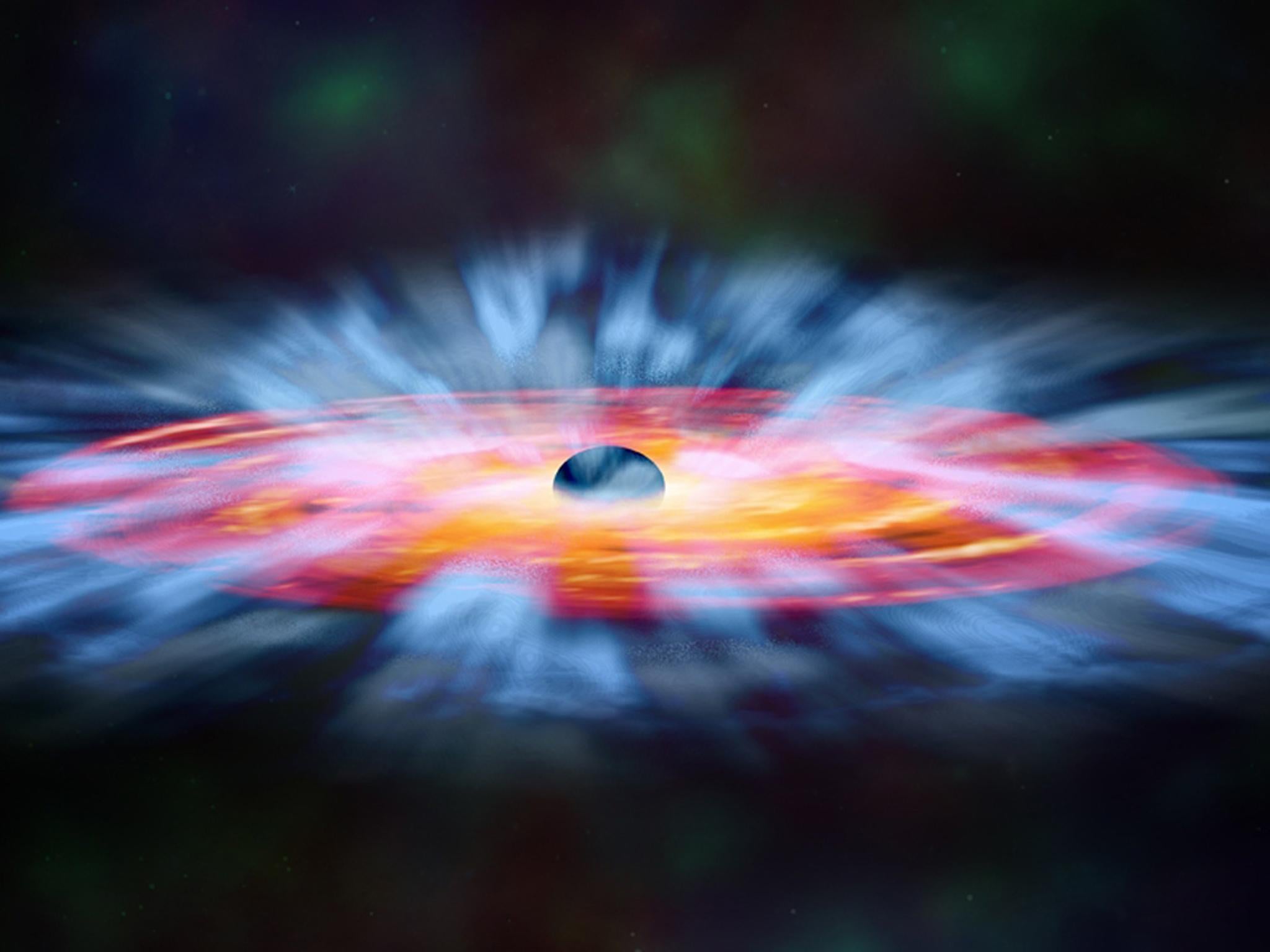Scientists find new solar systems with planets the same size as ours using Nasa telescope

Two new solar systems, filled with their own worlds, have been found relatively close to our own.
One of them is just 160 light years from Earth and includes three planets that are remarkably similar in size to our own. One of the three is exactly the same size as our own world, and the others are only ever so slightly bigger.
Read also.
- 7 Mysterious and Unexplainable Things Capture On Camera
- Build Gaming PC Under 20k Rupees In India 2018.

The other system has two much larger planets. Those worlds – which like the first system, orbit a red dwarf – are known as super Earths.
Red dwarfs are old and relatively small, and the two stars are much less hot than our Sun. But the newly discovered worlds are much closer, meaning that the temperature is probably too hot for life.
The five planets were found by the K2 mission of Nasa's Kepler satellite. That looks for the brief dips of light that happen when a planet passes in front of its star, and allows scientists to use the details of those dips to work out what they might be like.
Nasa's Kepler telescope finds 10 Earth-like planets: 'We are not alone'
Astronomers have added 219 candidates to the growing list of planets beyond our solar system, 10 of which may be about the same size and temperature as Earth, boosting their chances of hosting life.
Scientists found the candidates in a final batch of Nasa’s Kepler Space Telescope observations of 200,000 sample stars in the constellation Cygnus.
They include 10 newly discovered rocky worlds that are the right distance from their parent stars for water, if it exists there, to pool on the surface. Scientists believe liquid water is a key ingredient for life.
“An important question for us is, ‘Are we alone?’” Kepler program scientist Mario Perez said in a conference call with reporters. “Maybe Kepler today is telling us indirectly ... that we are not alone.”
Nasa launched the Kepler telescope in 2009 to learn if Earth-like planets are common or rare. With the final analysis of Kepler data in hand, scientists said they will now work on answering that question, a key step in assessing the chance that life exists beyond Earth.
During a four-year mission Kepler found 2,335 confirmed planets and another 1,699 candidates, bringing its tally to 4,034. That number includes about 50 worlds that may be about the same size and temperature as Earth.
Including other telescope surveys, scientists have confirmed the existence of nearly 3,500 planets beyond the solar system.
Kepler’s data also provided a new way to assess whether a planet has a solid surface, like Earth, or is made mostly of gas, like Neptune. The distinction will help scientists home in on potential Earth-like planets and better the odds for finding life.
The Kepler team found that planets which are about 1.75 times the size of Earth and smaller tend to be rocky, while those two to 3.5 times the size of Earth become gas-shrouded worlds like Neptune.
“It’s like finding what we thought was a single species of animal is really two different things,” said Benjamin Fulton, a graduate student in astronomy who analysed the Kepler data.
So far, these planets, which scientists refer to as “super-Earths” and “mini-Neptunes”, have not been found in Earth’s solar system, though scientists are on the hunt for a potential ninth planet far beyond Pluto.
“It is interesting that we don’t have what appears to be the most common type of planet in the galaxy,” Fulton said.
Source:- independent.co.uk theguardian.com
